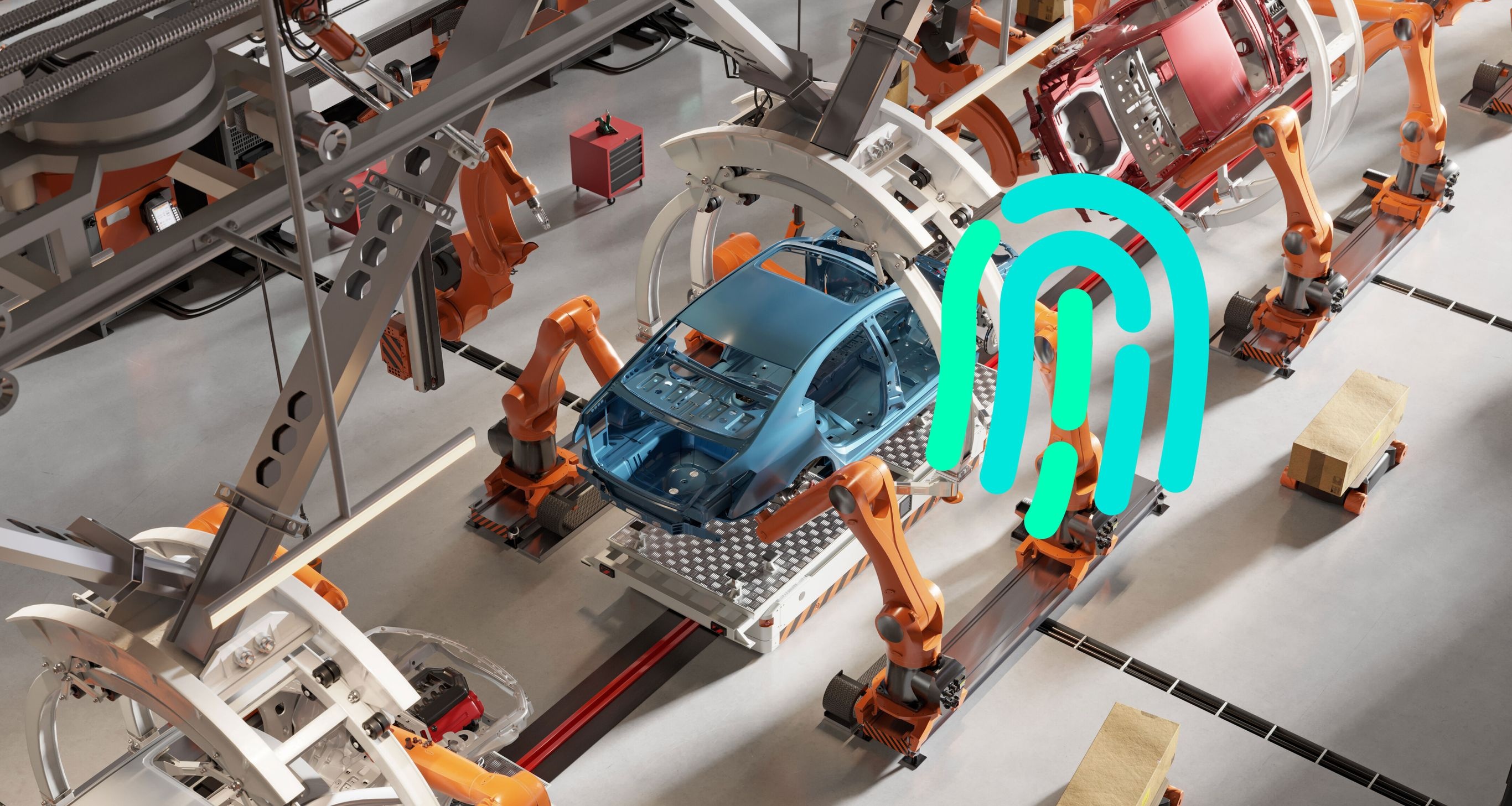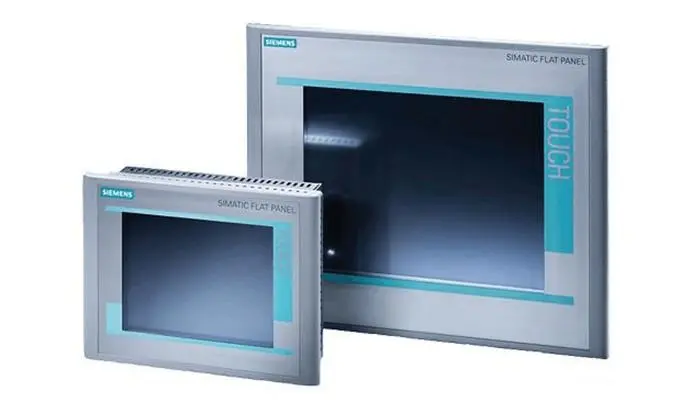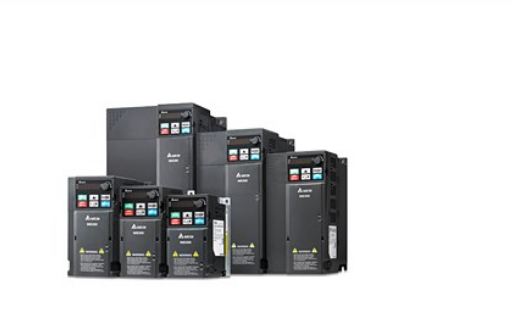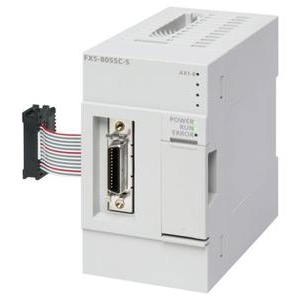The Intelligent Evolution of Motor Drive Systems in Smart Manufacturing
Meta Description: Explore how motor drive technologies are evolving with AI, IoT, and precision control to redefine efficiency and intelligence in industrial automation.
Introduction: The Rising Demand for Smarter Motor Drives
In the era of Industry 4.0. motor drive systems have transcended their traditional role as mere motion providers. They now form the core of intelligent manufacturing, integrating cutting-edge technologies like AI, digital twins, and precision control to meet demands for energy efficiency, compact design, and predictive capabilities. From robotic arms to electric vehicles, advancements in motor drives are enabling unprecedented levels of performance and sustainability. This article explores key trends shaping the future of motor drives, including AI-enabled optimization, high-efficiency designs, and seamless integration with industrial IoT.

1. AI and Digital Twins: Revolutionizing Motor Drive Performance
Artificial intelligence and digital twin technology are transforming motor drives from static components into adaptive, self-optimizing systems. For instance:
Predictive Maintenance: Innomotics leverages Ansys-based digital twins to simulate thermal behavior and operational stress in medium-voltage drives. By deploying AI models, these systems predict failures and adjust parameters in real-time, reducing unplanned downtime by up to 30% .
Dynamic Optimization: AI algorithms analyze data from sensors (e.g., temperature, current) to optimize torque output and energy consumption. For example, Innomotics’ AI-capable drives minimize design margins, cutting energy waste while maintaining reliability .
Real-Time Adaptability: Frameless BLDC motors, widely used in robotics, now incorporate AI-driven controls that adjust to load variations. This enables collaborative robots to perform complex tasks with minimal human intervention .
2. Energy Efficiency Takes Center Stage
With global emphasis on ESG goals, motor manufacturers are prioritizing energy-saving innovations:
IE5/IE7 Class Motors: Lenze’s synchronous motors reduce energy losses by up to 60% compared to conventional models. These systems recover braking energy and enable sensorless positioning, ideal for logistics and automotive industries .
Regenerative Power Management: Integrated inverters, like Lenze’s i550 series, feed excess energy back into the grid, eliminating the need for brake resistors and reducing overall power consumption .
High-Efficiency BLDC Motors: Frameless BLDC motors achieve 90–95% efficiency, making them indispensable for aerospace and medical devices where power density matters .
3. Compact, High-Power Density Designs
As factories and robots demand smaller footprints, motor drives are evolving toward compactness without sacrificing power:
Axial Flux Permanent Magnet Motors: These designs offer higher torque density and lighter weight than radial flux motors. Their modular structure suits applications like electric vehicles and industrial drones, though manufacturing complexity remains a challenge .
Frameless BLDC Motors: By eliminating external housings, these motors save space while delivering high torque. The inner-rotor segment holds 60% of the market due to its stability in compact automation systems .
Integrated Systems: Projects like Hong Kong Polytechnic University’s "five-in-one" modular drive combine motors, controls, and sensors into a single unit, simplifying maintenance and enhancing reliability .
4. Smarter Control Systems Merge Data and Motion
Intelligent controllers are bridging the gap between operational technology (OT) and information technology (IT):
36V BLDC Controllers: Equipped with MCUs, these devices process real-time data from Hall-effect sensors or back-EMF signals. They enable precise commutation, thermal monitoring, and overload protection, critical for adaptive manufacturing .
Sensorless Control Algorithms: Lenze’s SLSM technology achieves closed-loop control without encoders, reducing wiring complexity and improving reliability in conveyor systems .
Edge Connectivity: Rockwell Automation’s OptixEdge gateways collect machine-level data for analytics, enabling proactive decision-making on the factory floor .
5. Industry 4.0 Integration and Global Adoption
Motor drives are now key enablers of smart manufacturing ecosystems:
IoT and Cloud Platforms: Companies like Innomotics use digital twins to synchronize physical and virtual operations, allowing remote monitoring and performance optimization .
Regional Growth Trends: Asia-Pacific leads the frameless BLDC market, driven by India’s "Make in India" initiative and China’s "Made in China 2025" policy. North America and Europe follow, focusing on AI-enhanced automation .
Supply Chain Resilience: EV motor manufacturers like BYD and Bosch are localizing production to navigate tariffs and supply chain disruptions, emphasizing regionalized tech partnerships .
Conclusion: The Path Forward for Motor Drives
The evolution of motor drives is characterized by three pillars: intelligence (AI and digital twins), efficiency (IE5+ standards and regenerative systems), and integration (compact designs and IoT connectivity). As industries push for greener, more agile production, motor drives will continue to serve as the backbone of smart manufacturing. Future advancements may include quantum-inspired optimization and bio-mimetic motor designs, but the immediate focus remains on scaling existing technologies for global impact.
References
1.Big-Bit: "Motor Intelligence and Innovation Applications" (2025)
2.Ansys: "Innomotics Advances AI-Capable Industrial Motor Drives" (2025)
3.Lenze: "Balancing Energy Efficiency and Simplicity" (2025)
4.Fact.MR: "Frameless BLDC Motor Market Growth" (2025)
5.Rockwell Automation: "Automation Fair 2025 Product Launches" (2025)
6.China Report Hall: "Axial Flux Motor Technology Breakthroughs" (2025)
7.Dataconomy: "36V BLDC Controllers Merge Data and Motion" (2025)
8.Hong Kong Polytechnic: "Integrated Electric Drive Systems" (2024)




















